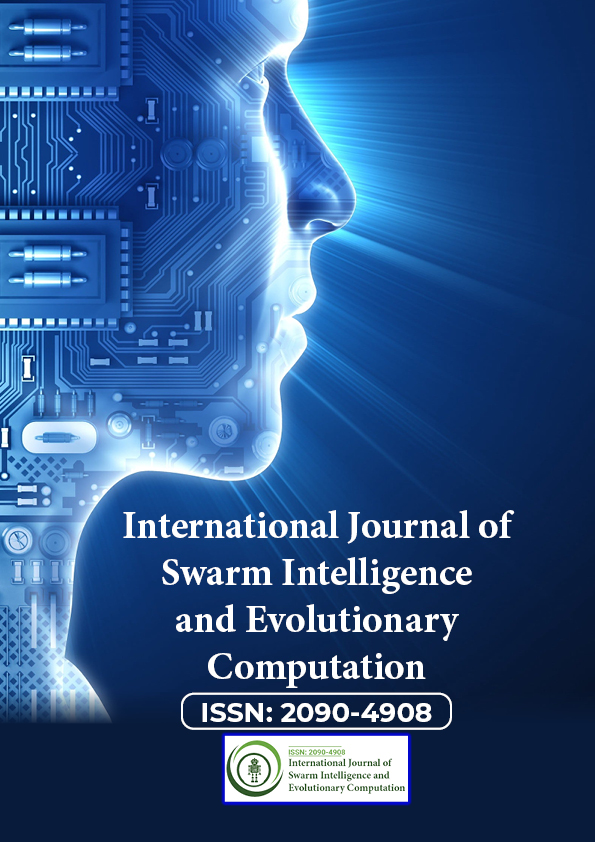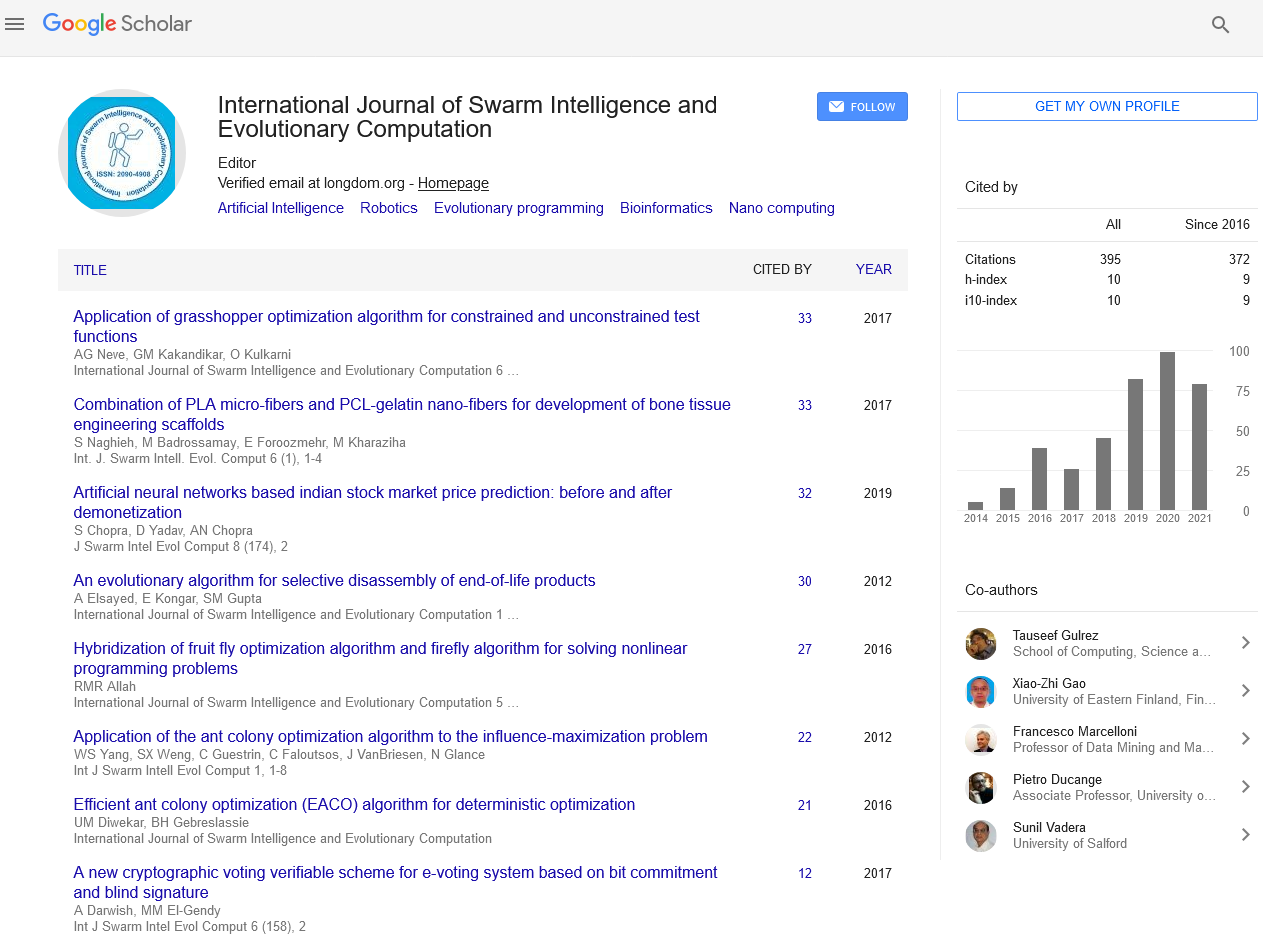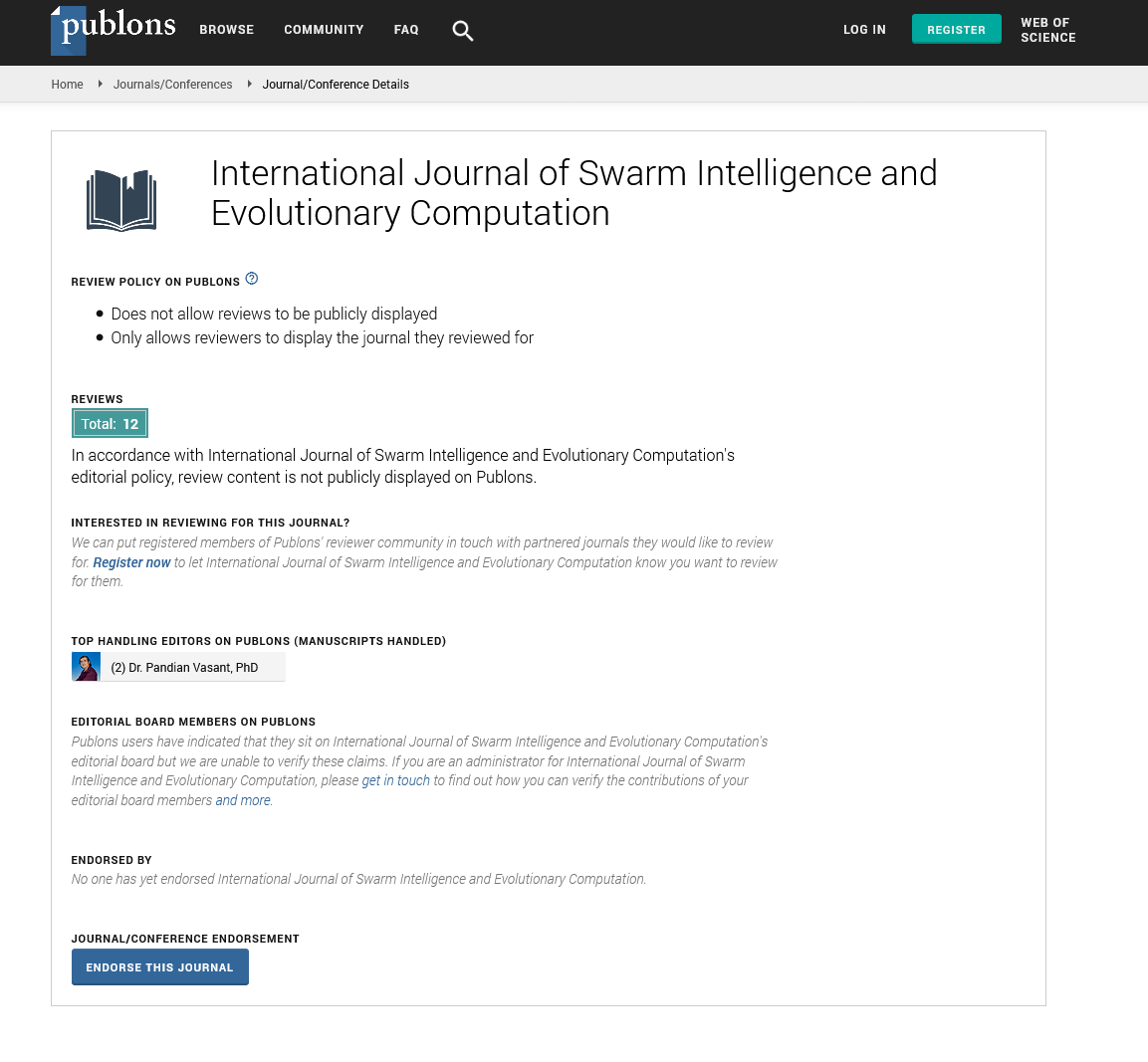Indexed In
- Genamics JournalSeek
- RefSeek
- Hamdard University
- EBSCO A-Z
- OCLC- WorldCat
- Publons
- Euro Pub
- Google Scholar
Useful Links
Share This Page
Journal Flyer

Open Access Journals
- Agri and Aquaculture
- Biochemistry
- Bioinformatics & Systems Biology
- Business & Management
- Chemistry
- Clinical Sciences
- Engineering
- Food & Nutrition
- General Science
- Genetics & Molecular Biology
- Immunology & Microbiology
- Medical Sciences
- Neuroscience & Psychology
- Nursing & Health Care
- Pharmaceutical Sciences
Abstract
Effect of Fermentation on the Proximate Composition of the Epicarp of Watermelon (Citrullus lanatus)
Ojokoh AO* and Orekoya ES
This research was carried out to study the effect of fermentation on the proximate composition, pH, titratable acidity and microbiological changes of the epicarp of watermelon with a view of harnessing it for consumption and possible industrial usage. The seeds were manually and aseptically separated from the fruit’s pods, cleaned, washed with distilled water, air dried and the epicarp was removed with a sterile knife and grated. The sample was subjected to natural fermentation for 96 h. The following bacteria isolates were obtained from the fermentation; Lactobacillus plantarum, Lactobacillus acidophilus, Lactobacillus fermentum, Lactobacillus casei, Lactobacillus bulgaricus, Lactobacillus delbrueckii, Staphylococcus epidermidis, Streptococcus lactis, Staphylococcus aureus, Bacillus cereus, Bacillus subtilis, and Micrococcus luteus of which Lactobacillus species were the most dominant throughout the period of fermentation. The pH of the sample decreased from 5.0 to 4.5 and the total titratable acidity increased from 1.0 to 2.6. The decrease in pH and increase in TTA during the fermentation could have been caused by the presence of lactic acid bacteria which are known to be aciduric. The result of the proximate composition indicated that the epicarp of the unfermented and fermented watermelon contained considerable amount of protein (7.69 ± 0.54 and 11.14 ± 0.41), carbohydrate (67.59 ± 0.69 and 61. 54 ± 0.69), fat (7.04 ± 0.74 and 6.82 ± 0.37), fiber (6.73 ± 0.61 and 9.71 ± 0.44), ash ( 6.69 ± 0.32 and 6.70 ± 0.45) and moisture (7.92 ± 0.32 and 7.54 ± 0.37), respectively. These proximate values show that the sample is a potential food supplement.


